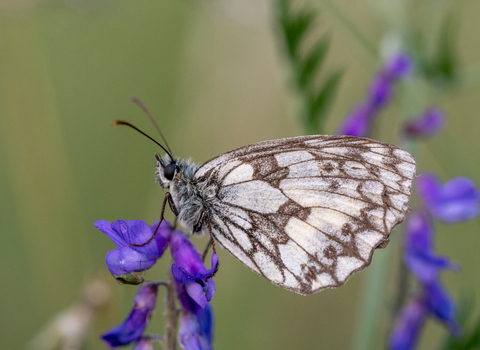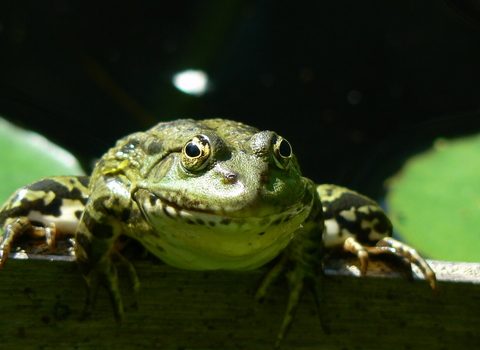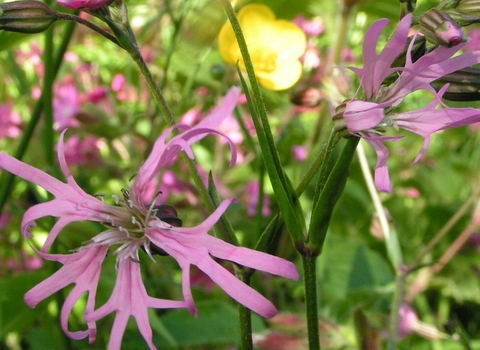21/05/25: This reserve is closed until further notice. Ash dieback is present on this site and is under management. Please respect any signage on site.
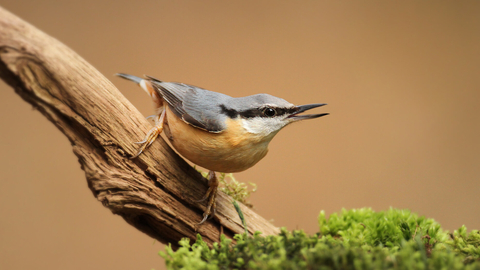
Jon Hawkins - Surrey Hills Photography
Hambury Wood
Location
Know before you go
Dogs
When to visit
Opening times
Open access reserve.Best time to visit
Spring, summer and autumn.About the reserve
Hambury Wood‚ is dominated by Oak and Ash with an understorey of neglected Hazel coppice, which has become overgrown. This and past grazing by sheep has resulted in a sparse field layer. The tree canopy is augmented by some fine Field Maple, the occasional Sycamore, and a certain amount of dead and dying English Elm. The shrub layer is predominantly Hazel coppice interspersed with Hawthorn, Elder, and Holly. Other woodland plants that occur include Ivy, Honeysuckle, Bramble, Rose and Blackthorn. In spring, the field layer is carpeted with Wild garlic and Bluebells.
There are an abundance of epiphytes with ferns, mosses and lichens all well represented.
Woodland birds such as Marsh Tit, Nuthatch, and Treecreeper have been frequently recorded, and good views of Buzzard can be obtained on almost every visit. Little Egret are often seen picking over the marsh, and the views of wintering wildfowl coming into roost at high tide are spectacular.
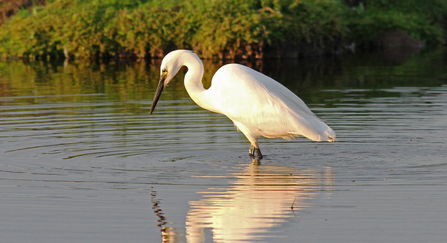
Little Egret. Gary Cox

